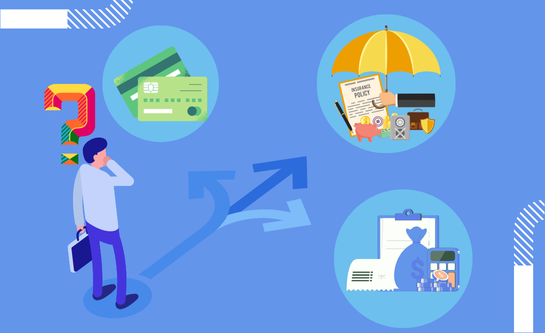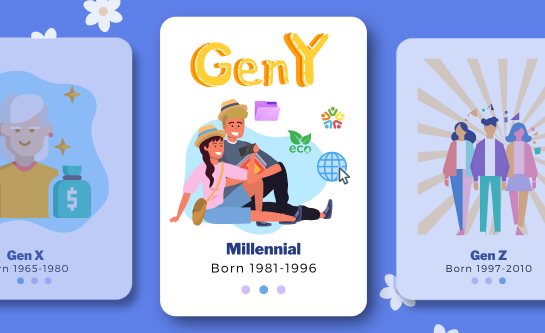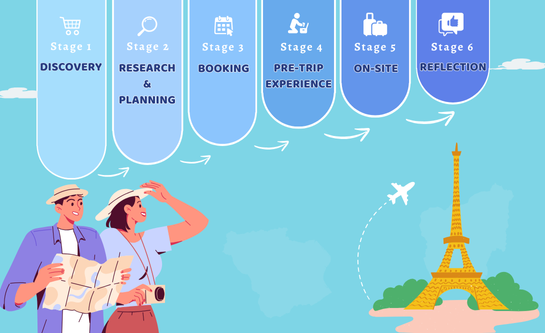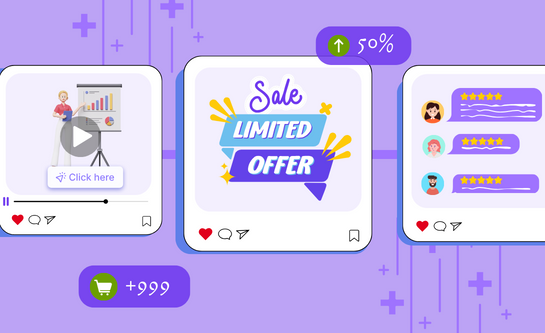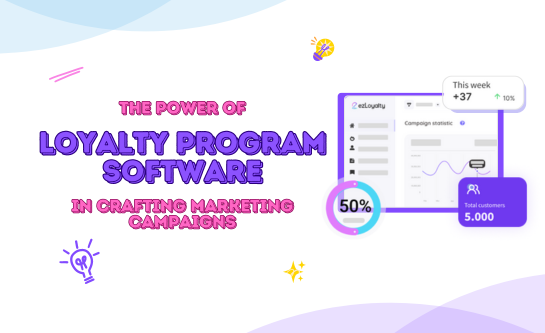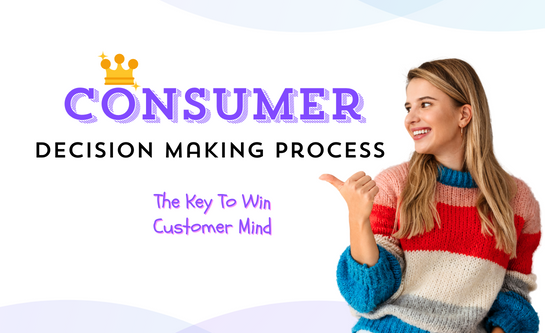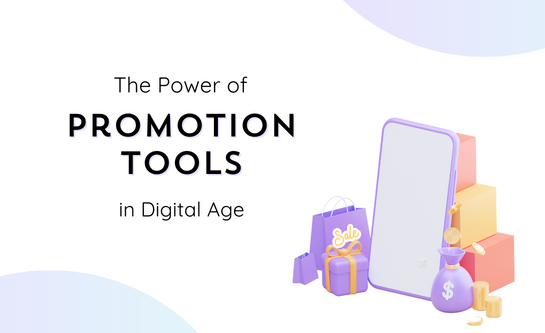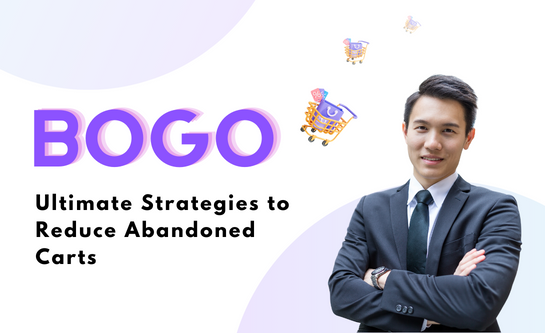Omnichannel Marketing Made Easy: 5 Must-Know Tips
 May 15th, 2023
May 15th, 2023
 381 views
4 MINS READ
381 views
4 MINS READ
The way people shop is changing quickly due to the growing impact of digital technology, making it harder to distinguish between online and in-person experiences. Current shoppers tend to look at multiple sources of information before making a decision, with 42% of them browsing online while shopping in-store. Because consumers now navigate multiple marketing channels, including social media, websites, and physical stores, businesses can provide a personalized experience that leads to seamless transitions between these channels. This is known as omnichannel marketing.

What is omnichannel marketing?
Omnichannel marketing refers to a customer experience where the brand engages with customers through multiple channels in a seamless way. This can include receiving a promotional SMS while inside a company’s physical store or receiving product recommendations through a Facebook chat with a customer representative before making a purchase on the company’s website. The goal of omnichannel marketing is to create a cohesive brand experience across all channels, regardless of the customer’s buying method.
Omnichannel marketing vs Multi-channel marketing
Companies employ both omnichannel marketing and multichannel marketing to interact with customers across multiple channels. Although the two ideas may appear similar, their approaches to customer engagement are vastly different.
Multi-channel marketing makes use of in-store promotions, social media, email, and other channels to reach customers. Utilized independently, each channel has its own strategy, objectives, and metrics. A company might, for instance, send promotional emails to its email subscribers, run advertisements on social media, or provide discounts in-store. Even though these channels may have the same brand identity, the customer experience may not always be seamless or connected. Customers may experience a disjointed experience as a result of receiving different messages or promotions on each channel.
In contrast, omnichannel marketing connects all touchpoints and channels to provide a frictionless customer experience. Creating a seamless brand experience for customers, regardless of how they interact with the business, is the objective of omnichannel marketing. This means engaging customers through a variety of channels and integrating these channels to create a unified experience.

A coffee company, for instance, might provide an awards program through its mobile app, which can also be accessed through the website and in-store locations of the business. In addition to using the app to keep track of their rewards, customers can also check the status of their rewards on the company’s website or in person. Regardless of the channel the customer uses, the experience is seamless and connected.
What are the benefits of an omnichannel strategy?
Companies with an omnichannel approach generally see a higher level of customer engagement and loyalty, as well as an increase in purchase frequency and average order value. Research conducted by Worldpay shows that omnichannel shoppers typically spend anywhere from 50 to 300% more than traditional shoppers. Additionally, the purchase rate of omnichannel campaigns is 287% higher than those that use only a single channel. Furthermore, businesses that use omnichannel strategies tend to achieve 91% greater year-on-year customer retention.
Omnichannel marketing has emerged as a vital strategy for businesses to connect with customers across multiple touchpoints. However, many businesses struggle to implement an effective omnichannel marketing strategy. Here are 5 must-know tips that can make omnichannel marketing easy for your business.
5 tips for omnichannel marketing success
1. Understand Your Customer’s Journey
To develop an effective omnichannel marketing strategy, businesses must first have a deep understanding of their customers and their shopping habits. Consumers today are more informed and tech-savvy than ever before, and they expect to be able to engage with brands on their own terms, using their preferred channels and devices. They may research products and services online, check social media for recommendations, browse in-store, and make purchases through a mobile app. An omnichannel marketing strategy must account for all of these behaviors and create a seamless and consistent experience across all channels.
One of the benefits of an omnichannel marketing strategy is that it enables businesses to provide a personalized experience to each customer. By collecting data on customers’ behaviors, preferences, and interactions across all channels, businesses can tailor their marketing messages and promotions to each individual’s needs and interests. This, in turn, leads to greater customer engagement and loyalty, increased purchase frequency, and higher average order value.
To implement an omnichannel marketing strategy, businesses need to have a solid framework that guides their marketing activities and aligns their goals and objectives across all channels. This framework should account for the fact that consumers may start their journey in one channel and move to another. It should provide direction to teams on how to respond to customer interactions and deliver a consistent brand experience, regardless of the customer’s decision to engage through one channel or another.
2. Create Consistent Messaging
Your messaging must be consistent across all channels to create a unified brand experience for your customers. Consistent messaging helps to build brand recognition and create a sense of trust and reliability. Ensure that your messaging aligns with your brand values and is consistent with your company’s voice and tone. Use clear, concise language that communicates your brand message effectively.

3. Use Data to Your Advantage
Data analytics play a critical role in informing and shaping an omnichannel marketing strategy. Analytics provide businesses with insights into consumer behaviors, trends, and preferences, and can be used to fine-tune the marketing messages and tactics that are most effective in driving engagement, conversion, and loyalty. By leveraging customer touchpoints and identifying new market segments, businesses can streamline the customer journey and turn cold leads into hot ones.
4. Invest in Technology
Invest in technology that can streamline your marketing efforts to simplify omnichannel marketing. You can automate processes and gain valuable insights with the assistance of marketing automation tools, CRM systems, and analytics software. A CRM system, on the other hand, can assist you in managing customer interactions across all channels, while marketing automation tools, for instance, can assist you in automating social media posts and email campaigns.
5. Test and Iterate
Optimizing your omnichannel marketing strategy calls for constant testing and iteration. Keep an eye on your campaigns at all times and try out different strategies to see which one is most effective for your company. Utilize A/B testing to evaluate the impact of various strategies and compare them. Data and customer feedback can be used to guide your testing and make decisions based on data.
Want to know more?
If you are keen to hone ezLoyalty, click here
ezLoyalty is a software that facilitates the creation and execution of engaging loyalty programs, as well as enhancing customer relationships and retention through an advanced and flexible loyalty management system. With Omnichannel Customer Interaction, we make sure to engage with your customers across all levels of their participation in your loyalty program. This approach will allow you to seamlessly integrate their experiences across both online and offline channels, leading to a better overall customer experience.
 Back to blog page
Back to blog page


























